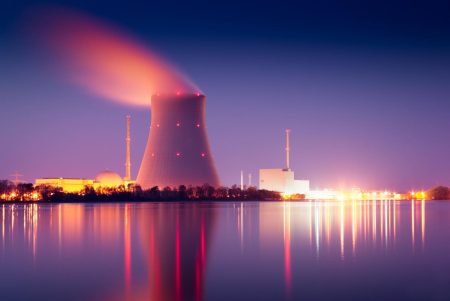The landscape of student loan repayment is poised for significant upheaval in the coming year, with millions of borrowers potentially facing substantial increases in their monthly payments. Several Biden administration initiatives designed to ease the burden of student debt are under legal threat or set to expire, leaving borrowers vulnerable to higher repayment amounts under less favorable income-driven repayment (IDR) plans. The confluence of these factors creates a precarious situation for many, particularly those who have relied on the affordability and forgiveness provisions of these programs.
One of the key programs at risk is the Saving on a Valuable Education (SAVE) plan, the Biden administration’s flagship IDR plan touted as the most affordable option ever. SAVE offers a more generous formula for calculating monthly payments based on income and family size, and typically provides loan forgiveness after 20 or 25 years of consistent repayment. However, SAVE is currently entangled in legal challenges brought by Republican-led states, and its survival is uncertain. Even if it withstands the current legal assault, a change in administration could lead to its repeal, pushing borrowers onto less favorable plans. This uncertainty extends to other IDR plans like Income-Contingent Repayment (ICR) and Pay As You Earn (PAYE), which also face potential legal challenges to their forgiveness provisions.
If SAVE and other favorable IDR plans are eliminated or curtailed, many borrowers may be forced to transition to the older Income-Based Repayment (IBR) plan to maintain progress toward eventual loan forgiveness. While IBR also considers income and offers forgiveness after 20 or 25 years, its formula is less advantageous, translating to significantly higher monthly payments for many. For instance, an undergraduate borrower earning $60,000 annually could see their monthly payments jump from around $220 under SAVE to $470 under IBR. Similarly, a graduate borrower earning $85,000 could experience an increase from $520 to $780 per month. These increases could strain borrowers’ budgets and hinder their ability to manage other financial obligations.
Adding to the potential payment shock is the impending resumption of income recertification requirements for IDR plans. These requirements were paused during the extended COVID-19 forbearance period, allowing borrowers to continue making payments based on older income data. With the forbearance period ending, borrowers will need to update their income information, and those who have experienced significant income growth since their last recertification could face substantial payment increases. This issue is compounded by the potential forced migration to less favorable IDR plans like IBR, creating a double whammy for many borrowers. For example, a borrower whose PAYE payment was $230 based on a 2019 income of $50,000 could see their payment jump to $440 if their current income is $75,000. If they are also forced onto IBR, that payment could escalate even further.
Parent PLUS borrowers, who typically have limited access to IDR plans, also face uncertainty and potential payment increases. While some have utilized a “double consolidation loophole” to access SAVE, the Education Department is actively working to close this loophole. If SAVE is eliminated, these borrowers could be relegated to the ICR plan, the oldest and most expensive IDR option. This could result in dramatic payment increases, with a borrower earning $100,000 annually potentially seeing their monthly payments soar from around $645 under SAVE to over $1,400 under ICR. This significant jump could create immense financial hardship for these borrowers.
The convergence of these factors – the legal challenges to SAVE and other IDR plans, the looming resumption of income recertification requirements, and the closure of loopholes for Parent PLUS borrowers – creates a perfect storm for student loan borrowers. Millions face the prospect of substantially higher monthly payments, potentially jeopardizing their financial stability and ability to manage their debt. The uncertainty surrounding these programs and the potential for significant payment increases underscores the need for clear communication from policymakers and loan servicers to help borrowers navigate these complex changes and prepare for the potential financial impact. The future of student loan repayment hangs in the balance, with the potential for widespread financial strain if these challenges are not addressed effectively.










